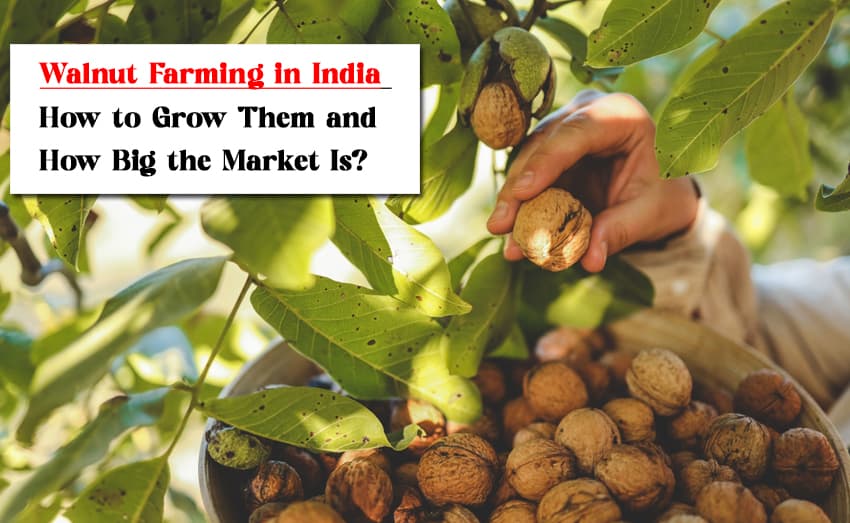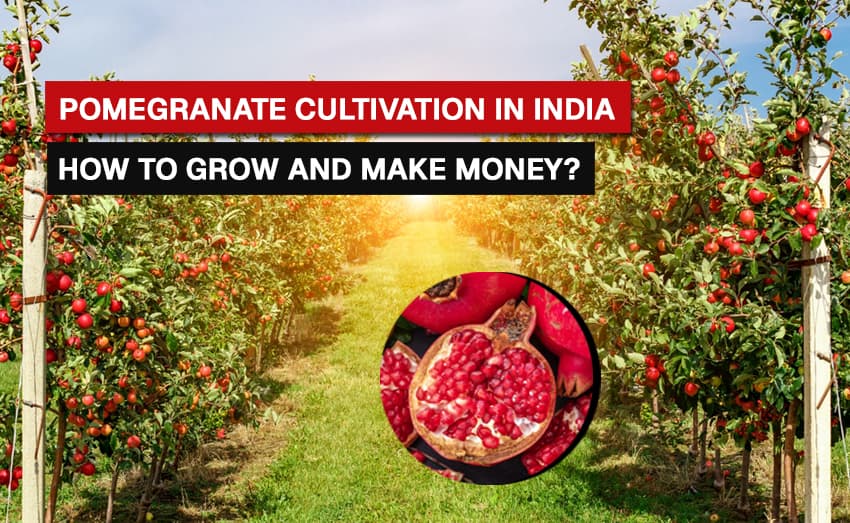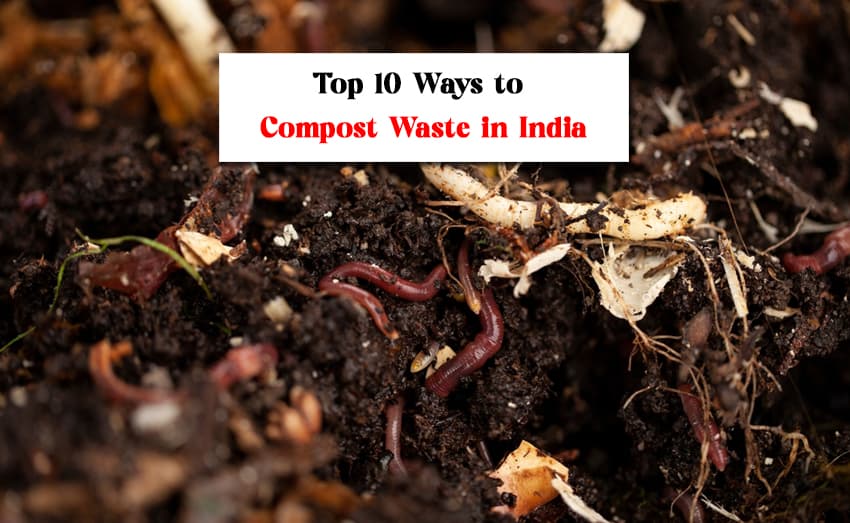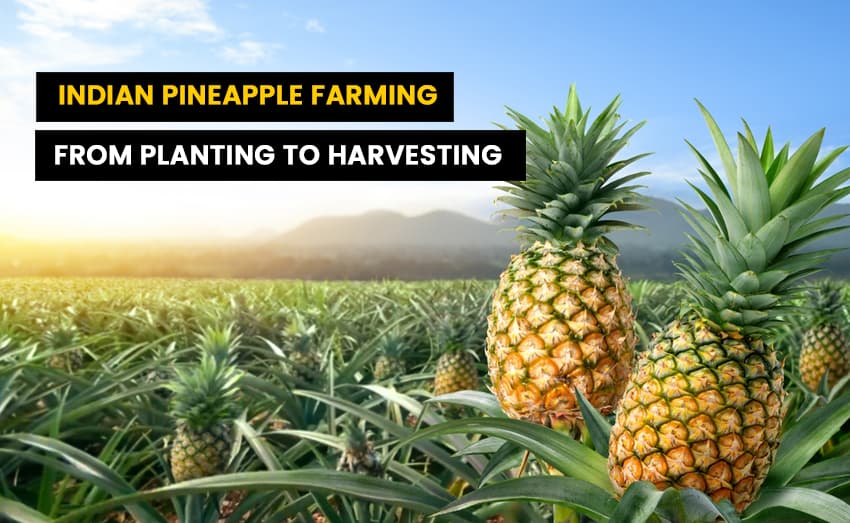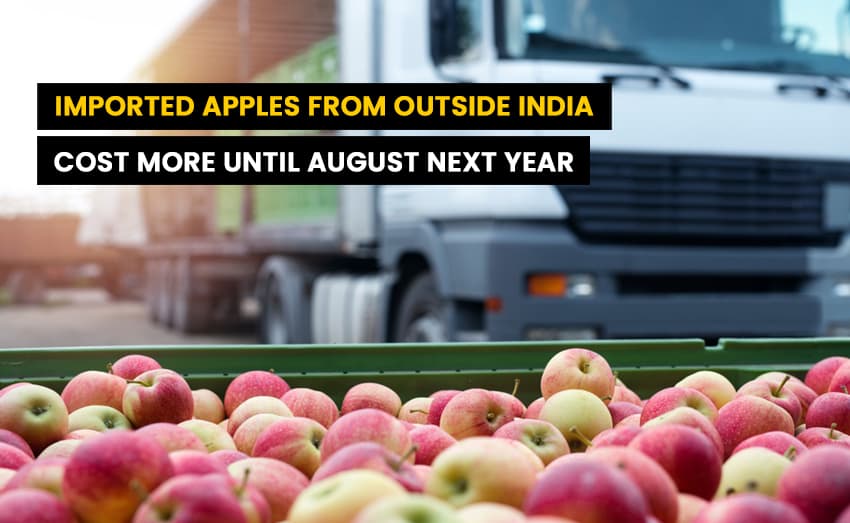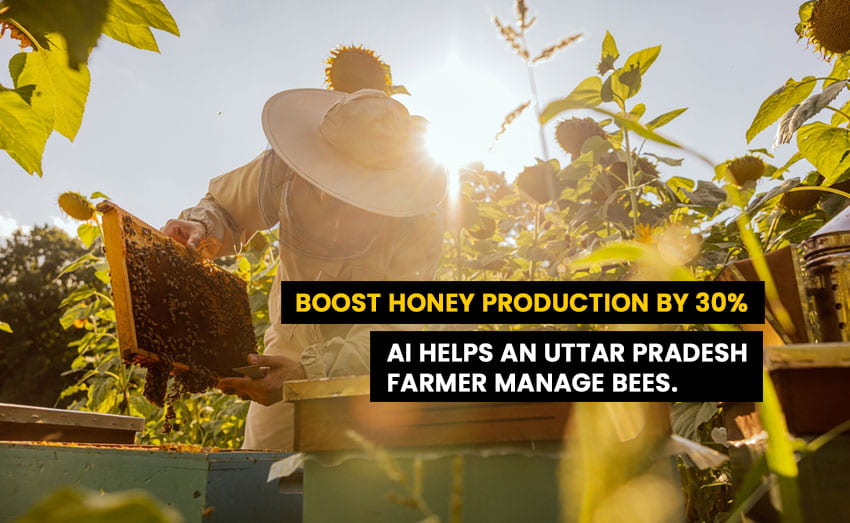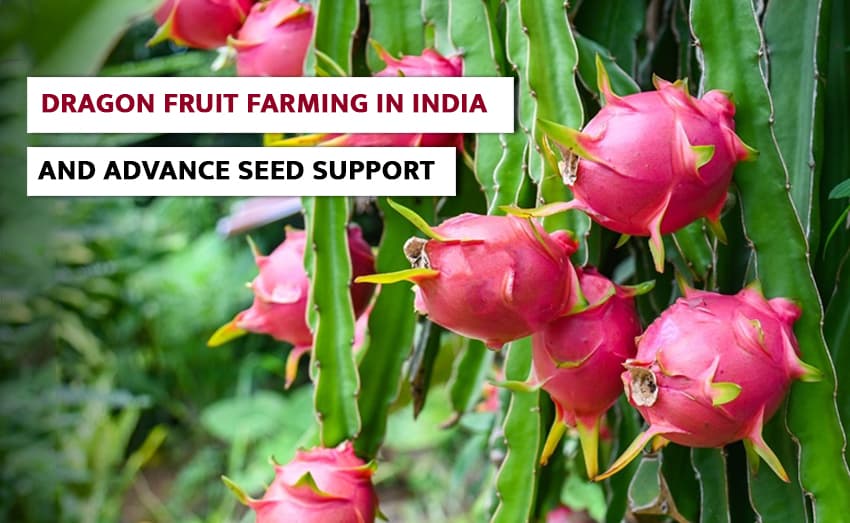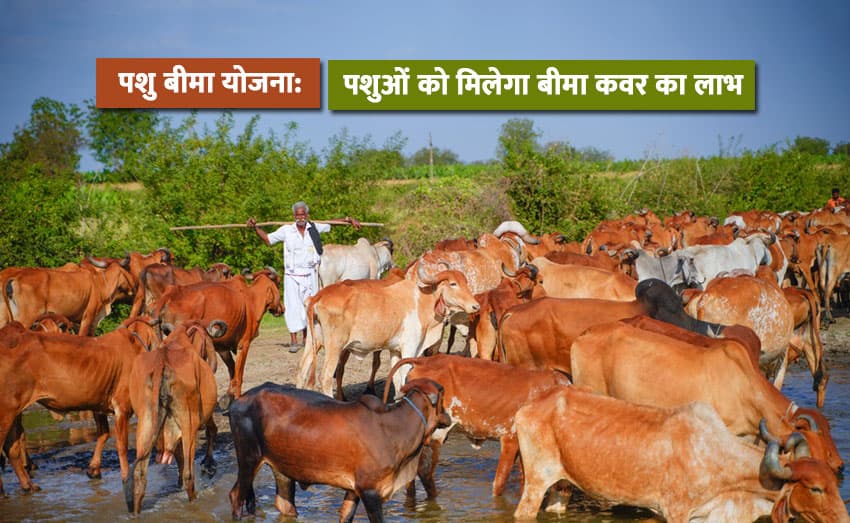Walnut farming in India: How to Grow Them and How Big the Market Is
The walnut is one of India's most important nut crops. It is sent to over 40 countries, including Iran, the United Arab Emirates, Germany, Chile, Singapore, South Africa, Bhutan, and more, and brings in more than 20 crores a year. India farms about 109 thousand hectares of walnut trees, which produce 329 thousand metric tons of nuts each year. You can learn about different parts of walnut farming on this blog.
What the walnut plant is and why it's important
The walnut tree, which is in the Juglandaceae family, is one of the oldest foods that people have grown. In Hindi, people often call them Akhrot or Akhroot. The Persian walnut (Juglans regia L.) possibly comes from a large area that includes Turkey, Iraq, Iran, Afghanistan, southern Russia, and northern India. It's possible to grow walnut trees between 900 and 3000 m above sea level. There are four main types of Indian walnuts: those with papery shells, those with thin shells, those with medium shells, and those with hard shells.Walnuts are grown in many countries, but their popularity has grown over the last few decades because of their health benefits and biological make-up. The nuts from the walnut tree are very healthy, and the wood is very good. People can get a lot of alpha linolenic acid from walnuts, which is good for their hearts. It aids in both initiating and maintaining sleep because to its melatonin content, a potent antioxidant. It helps keep diseases like cancer and diabetes under control and stops them from happening.There is a lot of walnut oil used in cosmetics because it is good for your skin. Insecticides used in farming are diluted with walnut shell flour. Walnut nuts are used in baked goods and sweets. On the other hand, the young fruits are used to make syrups, pickles, chutneys, and marmalades. It's possible that some of its species have been used for wood since wood has been used to build things.
Different kinds of walnuts in India
Over the past few years, many new kinds of walnuts have been grown. But Juglans nigra, Juglans regia, and Juglans cinerea are the three main types of walnuts that have been used for a long time. We can see some of the types that are grown in different parts of the world in the table below:
States: Different kinds of walnuts are grown in different states
- Lake in Jammu and Kashmir English, Opex Caulchry, Sinkovsky, and English
- Himachal Pradesh: Kashmir, Gobind, Eureka, Placentia, Wilson, Franquetfe
- Eureka Added Uttarakhand - Chakrata Choices
How the walnut plant is grown in India
Here's how to learn how to grow walnuts by going through the whole process, from preparing the land to picking the nuts:
What kind of weather and soil are needed to grow walnuts?
When it comes to the best conditions for growth and yield, walnuts do best in cool climates with an average yearly rainfall of 800 mm. Also, walnuts can't grow when it frosts in the spring. The best temperature for walnut plants is below 38°C. If it gets too hot, the sun can burn the hulls and make the seeds shrink, which can lower the yield.Walnut trees do best in deep, silty, loamy soils that drain well, are high in compost, and have lime added to them. Their good permeability, high availability of soil wetness, and good aeration make the soil perfect for roots to grow up to 10 feet or more. This helps trees and roots grow in the best way possible. A good walnut crop needs dirt with a pH level between 6.0 and 7.5. For extra benefits, make sure to add boron and zinc to the dirt.
Getting the land ready for walnut farming
For starters, the land should be well prepared by getting rid of all the weeds. Also, the roots of the last crop should be gone, and the land should have been tilled three or four times to get it to the thick stage.
Spreading the word about walnut farming
Standardized methods for budding and grafting have been developed for walnut growing to help plants grow. Rootstocks and budwood/scion wood are needed for these methods. To meet the needs and make sure the product is good, it is necessary to set up a Bud wood/scion bank. People usually grow new plants from seeds, so you can use walnut seedlings from your area as rootstocks.
How to Plant and Fertilize in Walnut Farming
The square method is best for planting walnuts on flat land, while contour planting, which leaves a 12x12 m space between seedling trees, is best for planting walnuts on hilly or steep sloped land. It is important to add the right amount of well-rotted farm manure when you are getting the dirt ready. Manure and fertilizers are used based on a leaf nutrient analysis report, but P and K can be added in small amounts for the first five years. After that, 45 to 80 kg/ha of P and 65 to 100 kg/ha of K should be added. The first year, 100 grams of nitrogen should be added to each tree. After that, an extra 100 grams should be added each year.
How to Use Water for Walnut Farming
After moving the walnut trees from the nursery, water them. Since it doesn't rain from April to June, it's important to water the plum kernel and kernel filling enough. Based on how well the earth can hold water, the weather, and the time of year, the crops should be watered again and again. For good water use, drip irrigation can be used.
Taking care of weeds, bugs, and diseases
Weeds can be stopped by using chemical weedicides correctly, covering, and pulling weeds by hand. It seems like a big problem in walnut farming, mostly because it's hard to spray the big trees. A lot of different diseases and pests can affect walnut trees. Most of them are harmful to the plants' lives and ruin a lot of the nuts' taste and look. Traditional methods of pest control, on the other hand, work pretty well for most bugs. Also, choosing good seeds that are resistant to diseases and pests is a good way to keep them away.
Getting walnuts from trees
After three years, the grafted walnut trees start to bear fruit, and after ten to twelve years, they are ready to be picked. After 18 to 20 years, it should be ready for commercial production. Usually, they can be picked in September or October, but it varies on the elevation and the type of plant. It is best not to put off gathering too long because that will cause the quality of the nuts to decline.
The Costs of Growing Walnuts in India
Over the next five years, from 2019 to 2024, the world walnut market is expected to grow at a rate of 6.0% per year. Because of this, there is more demand for walnuts in many industries. Jammu and Kashmir, Uttarakhand, Himachal Pradesh, and Arunachal Pradesh are the Indian states that grow the most walnuts. About 98% of all the walnuts grown in India come from Jammu and Kashmir, which has the most land (85,620 ha) and the most production (2,75,450 MT).Growing walnuts takes a lot of work because it accounts for 80% of the total cost of production. The cost-benefit ratio of 1:5.35 per hectare, on the other hand, says that the walnut industry could make more money, especially in the Kashmir Valley. Once, Jammu & Kashmir was one of the two best places in the world to grow walnuts. Now, it's not even in the top ten. Lack of amenities like transportation, power supply, packing facilities, and markets for the nuts are some of the things that make it less productive and profitable. By taking care of these problems, walnut production in J&K and, eventually, India can grow and become more profitable.
Last Thoughts and the Present Situation
Most walnut plantations are made up of seedlings that are spread out, so the nuts they make are of different quality. Also, over the years, breeders have used the differences between these seedling trees to choose the best genotypes with the right features. Besides this, better cultivars from other countries were brought in, and after a full evaluation, some ideas were made. But walnuts haven't been a high priority crop in places where apples are grown in large amounts. India hasn't done nearly enough to bring out the best in its walnut production. They have problems because there aren't enough standard rootstocks or cultivars, good ways to propagate plants vegetatively, problems re-establishing nursery plants in the orchard, specific climate needs, pollination behavior, lack of suitable pollinizers, long juvenile periods, and harvesting. These worries can be quickly put to rest by giving walnut production the attention it needs.

